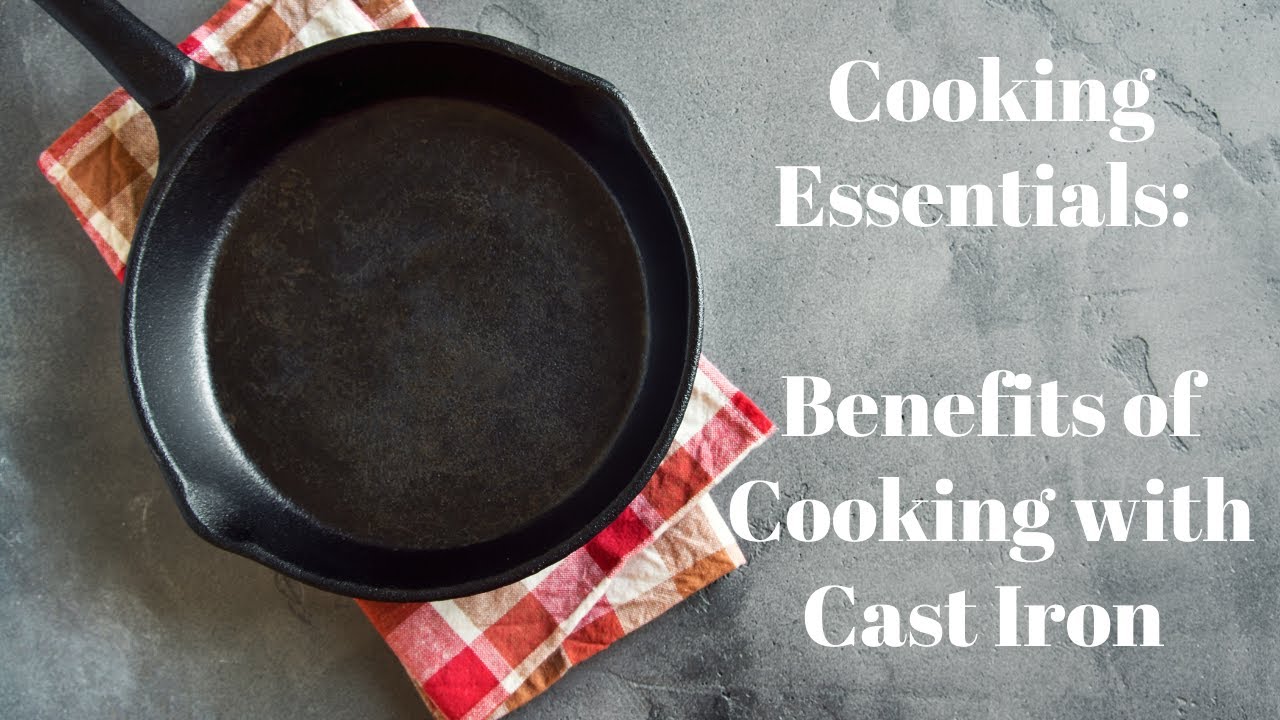Cooking is not just a daily task; it’s an art and a science. And when it comes to the tools we use, nothing quite compares to the classic, versatile cast iron. In this comprehensive guide, we’ll explore the benefits of cooking with cast iron, delving into why a cast iron skillet or pan might just be the best addition to your kitchen arsenal.
Understanding Cast Iron Cookware
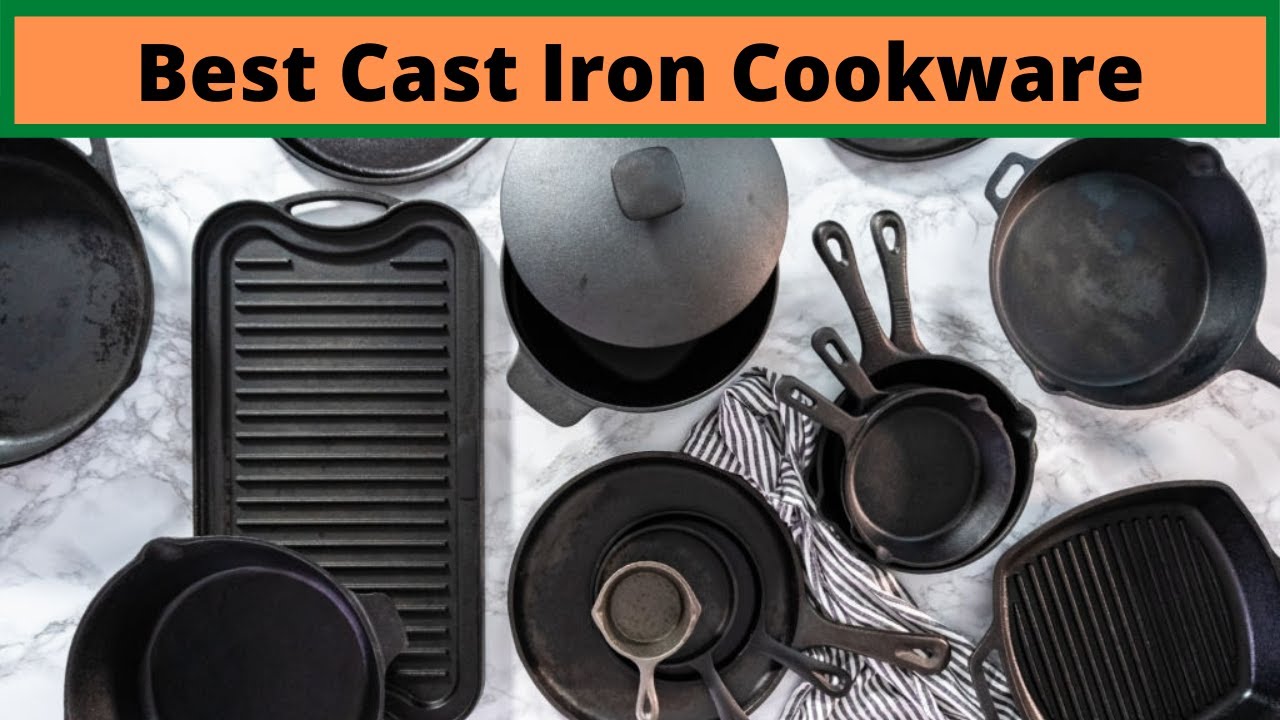
Before diving into the benefits, let’s first understand what cast iron cookware is. Cast iron is a heavy, durable material that has been used for centuries to create pots, pans, and skillets. Its durability and heat-retention properties make it a favorite among professional chefs and home cooks alike.
Top Benefits of Cooking with Cast Iron
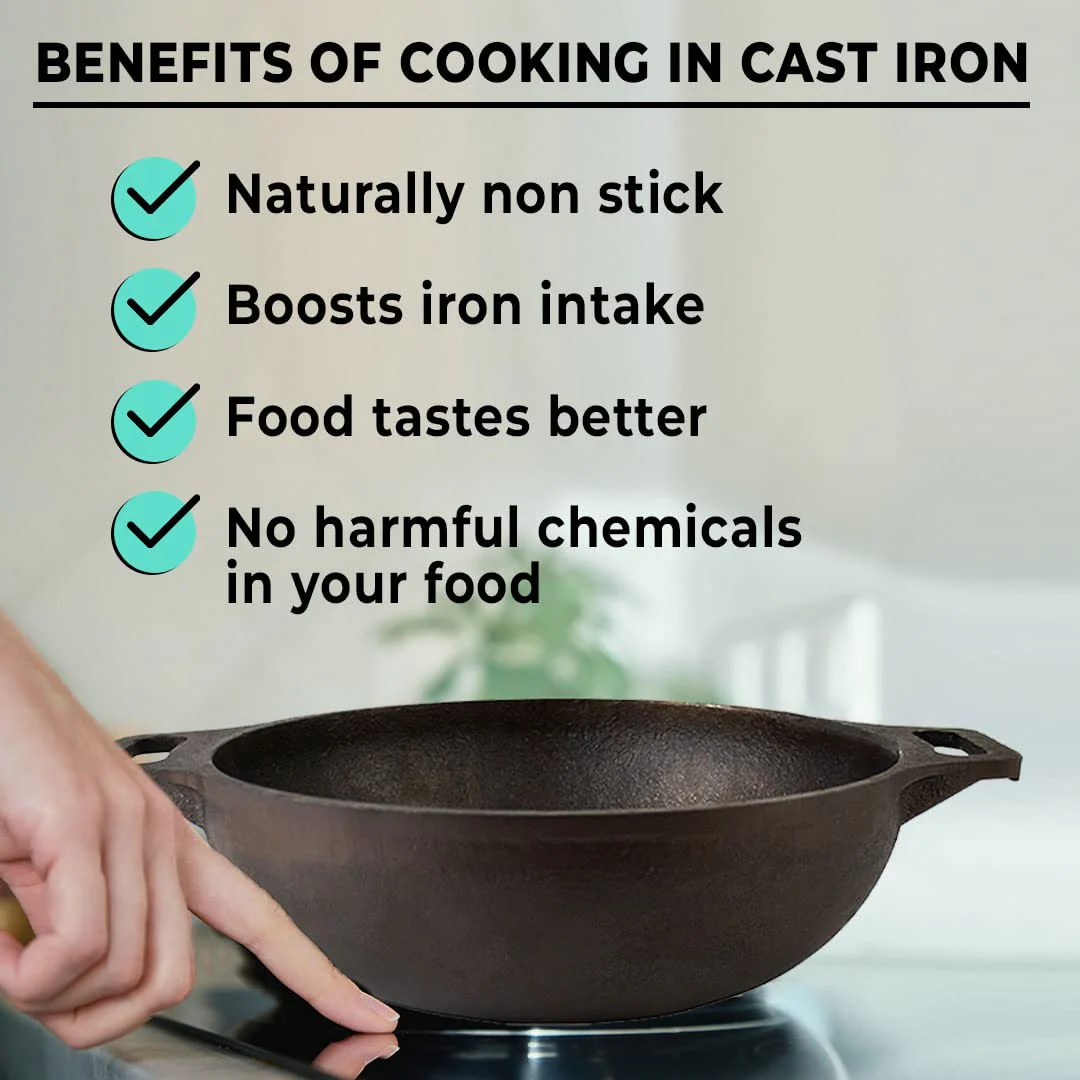
Exceptional Heat Retention and Even Cooking: Cast iron’s ability to retain heat is unparalleled. This means your food cooks evenly, reducing hot spots that can cause burning. Whether you’re searing a steak or slowly simmering a stew, a cast iron skillet ensures consistent cooking temperature.
Versatility: One of the most significant benefits of cooking with cast iron cookware is its versatility. It’s suitable for frying, baking, grilling, broiling, and braising. A cast iron pan can go from the stovetop to the oven with ease, making it ideal for a variety of recipes.
Longevity: With proper care, cast iron cookware can last for generations. Unlike non-stick pans that can wear out, a well-seasoned cast iron pan gets better with age.
Natural Non-Stick Surface: Seasoning your cast iron cookware creates a natural non-stick surface. This means less oil is needed for cooking, making it a healthier option.
Iron Fortification: Cooking with a cast iron pan can increase the iron content in your food. This is especially beneficial for those with iron deficiencies.
Cost-Effectiveness: Cast iron cookware is incredibly affordable, especially considering its durability and the range of cooking techniques it supports.
Chemical-Free Cooking: Unlike many non-stick pans, cast iron does not contain chemicals like PFOA or PFTE, which can be harmful to health.
How to Care for Your Cast Iron Cookware
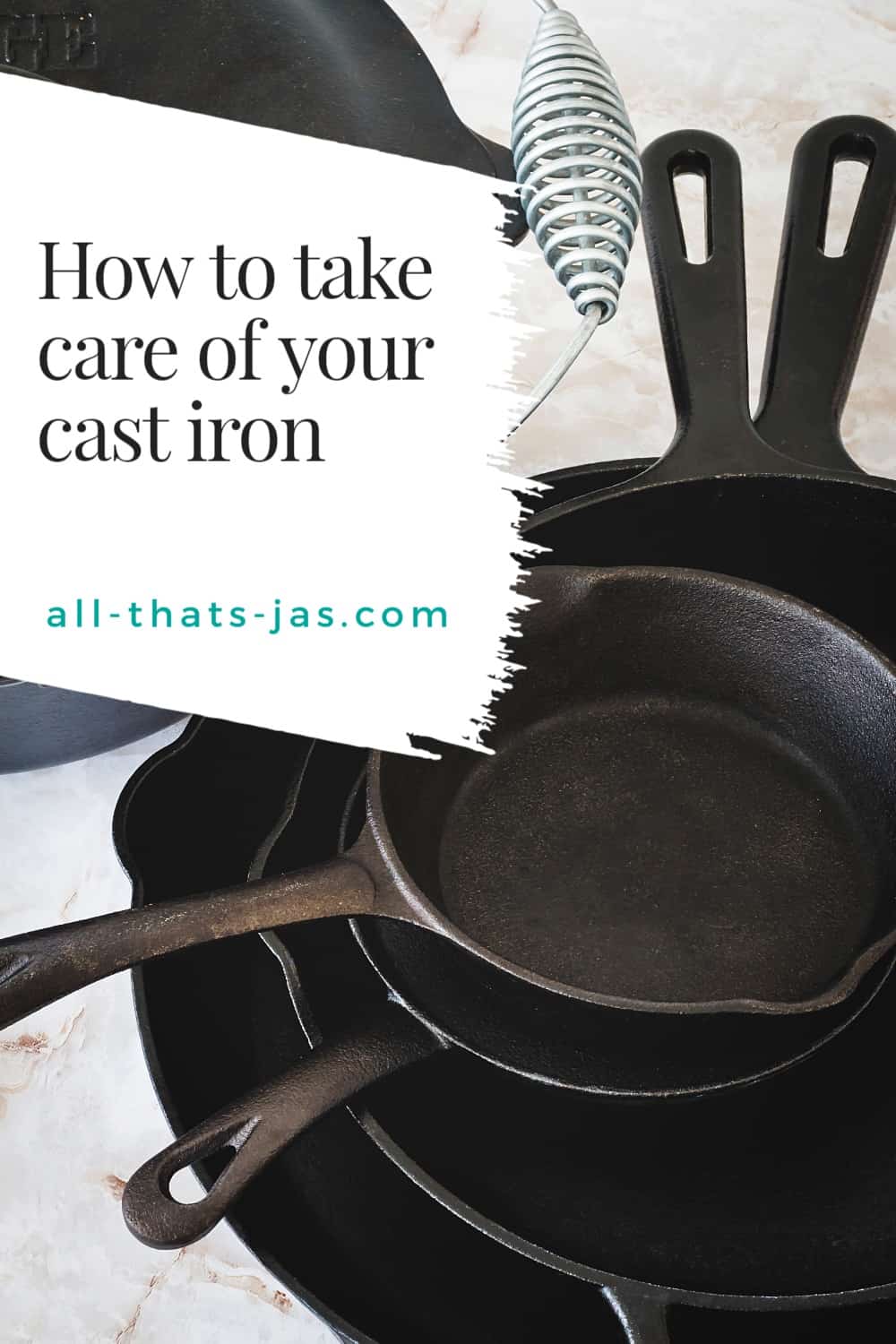
To reap the full benefits of cooking with cast iron, proper care is crucial. Here’s a quick guide:
Cleaning: Clean your cast iron cookware with hot water and a stiff brush. Avoid soap as it can strip the seasoning.
Seasoning: After cleaning, dry your cookware completely and apply a light coat of vegetable oil. This maintains the non-stick surface.
Storing: Store your cast iron in a dry place. If stacking pans, place a paper towel in between to prevent scratches.
Re-Seasoning: If your cookware becomes dull, rusty, or loses its non-stick properties, re-season it by coating it with oil and baking it in the oven.
With the basics covered, let’s delve deeper into some creative ways to make the most out of your cast iron cookware.
Creative Uses of Cast Iron in the Kitchen
Beyond the traditional uses, there are numerous creative ways to utilize your cast iron skillet or pan:
Skillet Pizza: You can create a pizza with a perfectly crispy crust in your cast iron skillet. The even heat distribution makes it ideal for baking.
Skillet Cookies: Bake a giant cookie in your cast iron pan. It’s a fun dessert that comes out perfectly crispy on the outside and gooey in the middle.
Frittatas and Omelets: The non-stick surface of a seasoned cast iron skillet is perfect for making fluffy frittatas or omelets.
Baking Artisan Breads: Cast iron’s heat retention makes it great for baking artisan bread with a crunchy crust.
Roasting Coffee Beans: For coffee enthusiasts, roasting your beans in a cast iron skillet can be an exciting experiment.
Myths and Misconceptions about Cast Iron

Despite the numerous benefits of cooking with cast iron cookware, several myths might deter some from using it:
“Cast Iron is Difficult to Maintain”: While cast iron does require a bit of care, it’s not as high-maintenance as some believe. Proper seasoning and simple cleaning methods can keep it in great shape.
“You Can’t Cook Acidic Foods in Cast Iron”: While excessively acidic foods can strip the seasoning if cooked for a long time, normal use with foods like tomatoes or wine is generally fine, especially in well-seasoned pans.
“Cast Iron Heats Up Very Quickly”: Cast iron heats up more slowly than other metals but retains heat longer, providing a consistent cooking temperature.
Environmental Impact of Cooking with Cast Iron
One of the lesser-discussed benefits of cooking with cast iron is its environmental impact. Cast iron cookware is incredibly durable, often lasting decades or even generations. This longevity means less waste and reduced need for frequent replacements. Furthermore, the energy required to produce a cast iron skillet is often less than that needed for more modern cookware, making it a more sustainable choice.
The Health Benefits of Cast Iron Cooking
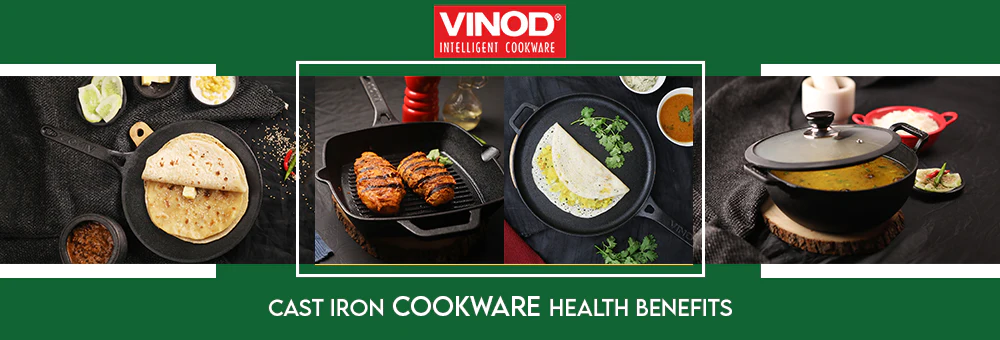
Cooking with cast iron not only enhances the flavor of your food but can also contribute to a healthier lifestyle. Here are some health benefits:
Reduced Oil Usage: The natural non-stick surface of seasoned cast iron allows for cooking with less oil, contributing to lower fat consumption.
Iron Supplementation: Cooking with cast iron can increase the iron content in your food, which is beneficial for those with iron deficiencies.
Chemical-Free Cooking: Unlike some non-stick cookware, cast iron does not release harmful chemicals into your food.
Expanding Your Cast Iron Collection
After detailing the primary benefits and addressing FAQs, consider advising your readers on how to expand their cast iron collection:
Choosing the Right Cast Iron Cookware
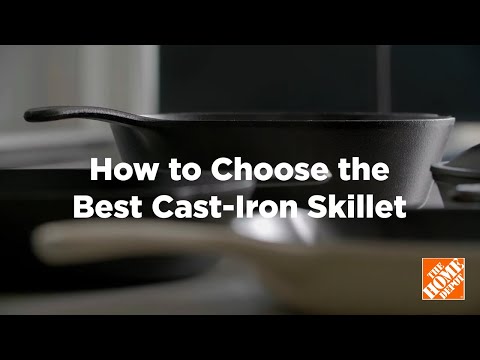
Guide your readers through the process of selecting the right cast iron cookware. Discuss the different sizes and shapes available, such as deep skillets for frying, griddles for pancakes, or Dutch ovens for stews. Highlight the importance of considering the type of dishes they commonly prepare and the number of people they typically cook for.
Care and Maintenance Kits
Recommend products or DIY solutions for the care and maintenance of cast iron cookware. This might include natural bristle brushes, chainmail scrubbers, or specific oils for seasoning. You can even link to trusted products or local stores, providing a resource for readers to easily find what they need.
Advanced Cooking Techniques with Cast Iron
For readers who are familiar with the basics, delve into advanced cooking techniques:
High-Temperature Cooking
Discuss the advantages of using cast iron cookware for high-temperature cooking methods like searing and blackening. Provide tips on achieving the perfect crust on meats or creating crispy-skinned fish.
Baking and Dessert Preparation
Cast iron isn’t just for savory dishes. Explore its use in baking, from deep-dish pizzas to skillet cookies, and even cakes. Offer some unique recipes that readers might not have considered cooking in cast iron.
Conclusion
The benefits of cooking with cast iron are numerous and varied. From its unparalleled heat retention, versatility, and durability to its health and environmental advantages, cast iron cookware is an invaluable addition to any kitchen. Whether you’re a seasoned chef or a cooking novice, the humble cast iron skillet or pan can elevate your culinary creations in ways you never imagined. So, embrace the art of cast iron cooking and discover a world of flavorful, healthy, and sustainable cooking.
